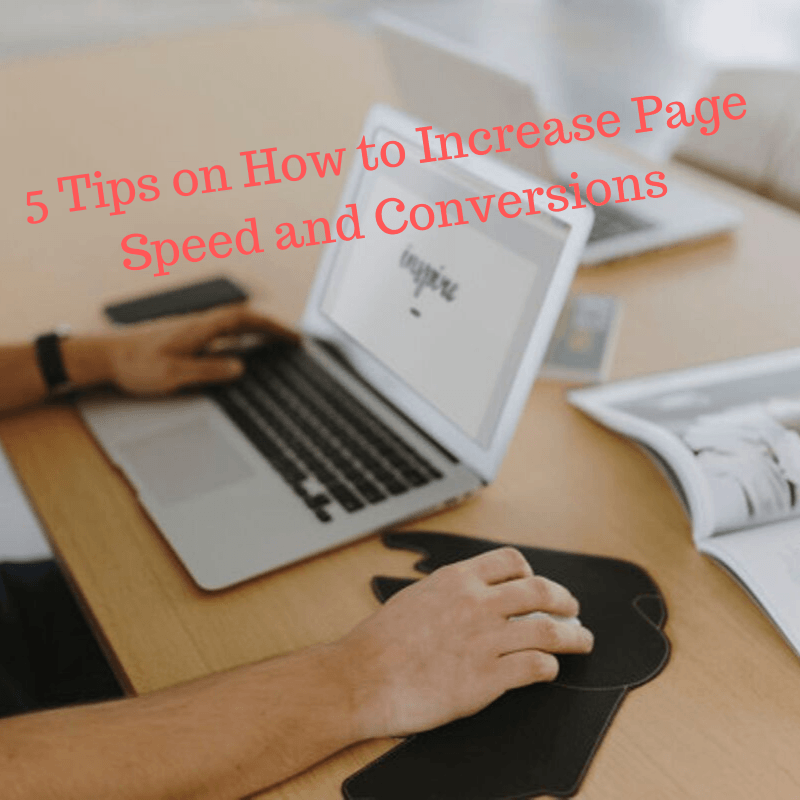
Increasing website page speed is one of the biggest challenges for website owners and marketers. It’s too technical for marketers but it’s crucial for almost all aspects of marketing performance.
There is a direct correlation between page speed, bounce rate, and visitor retention. Also, Google’s official statement is that page speed is part of its ranking algorithm. It helps your online visibility and higher rankings on search engines.
Monitoring and improving website page speed should be the highest priority for any website.
Here are some stats you need to know.
Impact on on-page engagement: Sites that load in 5 seconds (compared to those that load in 19 seconds) increase their conversions about 70%
Impact on conversions: Studies in the UK show that 67% of online shoppers will abandon their carts on slow websites. Improving a page’s load time by one second can result in an increase of between 10% and 20% in conversion rates.
Impact on customer loyalty: Roughly 80% of online shoppers who have trouble loading a site say they won’t return to the site to buy again
Discover 5 tips on how to increase page speed and conversions.
1. Reduce Redirects
You will have more HTTP requests on your site if you have many redirects, and this could result in reduced page speed. Broken links also should be fixed, as these can have a massive impact on user experiences.
Netpeak Spider is a great tool to quickly find redundant redirects, broken links and redirect chains. Run the tool and then fix what it identifies, including:
Fix internal linking to point to the working URL (i.e. the https version), even if the old URL properly redirected to the new version.
Get rid of redirect chains — they are a series of redirects that bring you from one version to another. All those extra steps slow down your site.
Impact on conversions: Broken links and redirects may prevent many of your site users from following your sales funnel. Make sure to monitor and fix broken links and redirects in a timely manner.
2. Use a Content Distribution Network – CDN
A Content Distribution Network (CDN) consists of multiple data centers, each of which makes a copy of a specific website. These copies are stored in multiple geographic locations, providing users with more reliable and faster access to the website.
This tip is especially important for global businesses that receive a lot of traffic and conversions around the world.
Impact on conversions: A slow website will make your overseas customers give up on your website entirely. Monitor and improve your global performance with a Content Distribution Network.
3. Remove Render-Blocking Javascript
When looking at your website structure, refrain from using render-blocking Javascript (i.e. Javascript that prevents your page from rendering, i.e. loading), especially external scripts that have to be fetched before being executed.
The script that doesn’t need to be rendered immediately should be made asynchronous or deferred until after the first render.
This is especially important for the above-the-fold part of your page (the part that a user sees first).
Impact on conversions: Most traffic and conversion analytics platforms are installed using a Javascript code. Make sure yours aren’t slowing your website down. Finteza is an independent analytics company whose Javascript has no impact on your site performance — their event tracking doesn’t use any code at all!
4. Leverage Browser Caching
When users visit a website, the website builds a cache that contains information about Javascripts, images, stylesheets and more. This is done so that when a visitor comes back, the entire page doesn’t have to be reloaded.
This improves page speed, as it saves on time spent having to send multiple HTTP requests to the server. It also reduces the bandwidth and, as a result, the overall cost of site hosting.
Impact on conversions: It is a well-known fact that return customers bring the highest revenue, so this method ensures your return visitors receive a better experience.
5. Improve Server Response Time
Many factors can affect server response time, including the volume of traffic, the type of software used by the server and the hosting solution used.
As a general guideline, the server response time should be less than 200ms. This can be achieved by looking at different performance metrics and paying attention to things such as slow database requests, lack of memory or slow routing.
Impact on conversions: By monitoring your server performance properly, you’ll know whether there are any issues preventing people from interacting with your site properly (e.g. downtime, slow-downs, etc.)
P.S.
Discover more interesting articles, infographics, and free offers!